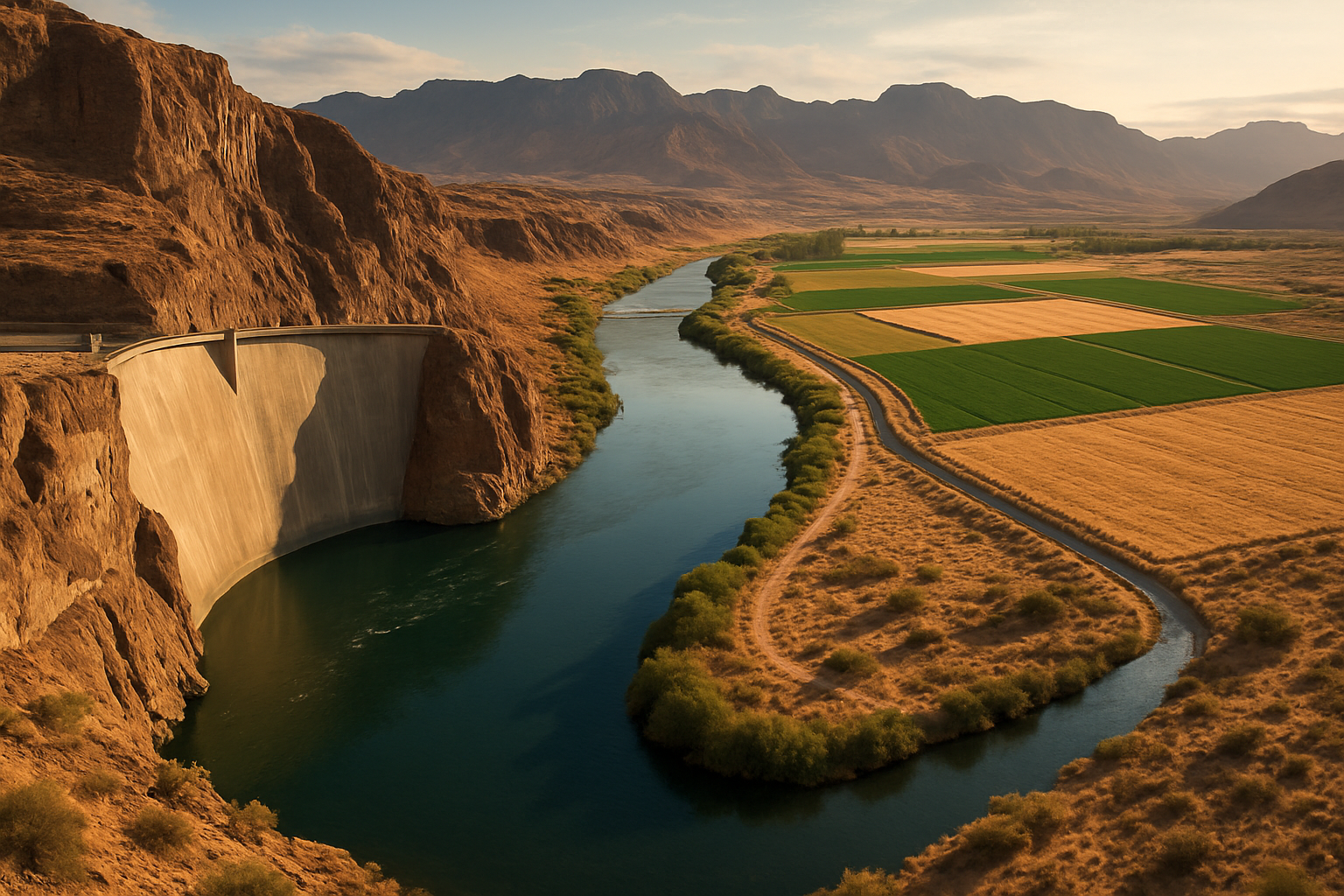Water Rights in the American West: A Legal Tug-of-War
In the arid expanses of the American West, water is more than just a resource—it's the lifeblood of communities, economies, and ecosystems. The complex web of laws governing water rights in this region has evolved over centuries, shaping the landscape and livelihoods of millions. This article delves into the intricate legal framework of western water rights, exploring its historical roots, current challenges, and future implications.

The doctrine of prior appropriation was born out of necessity in the arid western territories, where water scarcity was a constant threat to development and survival. It allowed miners, farmers, and other settlers to divert water from streams and rivers, even if they didn’t own the adjacent land. This system encouraged rapid development but also laid the groundwork for future conflicts as water demands increased.
The Colorado River Compact: A Watershed Moment
In 1922, the Colorado River Compact marked a pivotal moment in western water law. This interstate agreement divided the Colorado River Basin between the Upper Basin states (Colorado, New Mexico, Utah, and Wyoming) and the Lower Basin states (Arizona, California, and Nevada). The compact allocated specific quantities of water to each basin, aiming to prevent disputes and ensure equitable distribution.
However, the Colorado River Compact was based on overly optimistic estimates of the river’s flow, leading to chronic overallocation. Today, with climate change exacerbating water scarcity, the compact is under intense scrutiny. Recent negotiations among the basin states have sought to address the growing imbalance between water supply and demand, highlighting the need for flexible legal frameworks in the face of environmental change.
Groundwater Regulation: The Next Frontier
While surface water rights have been extensively regulated for over a century, groundwater has long been treated as a separate legal entity in many western states. This disconnect has led to unsustainable pumping practices, causing land subsidence and depleting aquifers. California’s Sustainable Groundwater Management Act of 2014 represents a significant shift towards comprehensive groundwater regulation.
The Act requires local agencies to develop and implement groundwater sustainability plans, aiming to achieve balance between pumping and recharge by 2040. This landmark legislation has prompted other western states to reassess their groundwater policies, recognizing the interconnectedness of surface and groundwater resources. As climate change threatens to reduce snowpack and alter precipitation patterns, effective groundwater management will become increasingly crucial.
Tribal Water Rights: Reclaiming Ancient Claims
Native American tribes have emerged as significant players in western water law, asserting their rights through a series of court decisions and settlements. The Winters doctrine, established by the Supreme Court in 1908, recognized that when the federal government created Indian reservations, it implicitly reserved sufficient water to fulfill the purposes of the reservation.
In recent decades, tribes have increasingly quantified and exercised their water rights, often through negotiated settlements with states and the federal government. These settlements have led to innovative water-sharing agreements and conservation projects. As tribes continue to assert their rights, the landscape of western water law is being reshaped, necessitating a reevaluation of long-standing allocation systems.
Environmental Water Rights: Balancing Ecology and Economy
The concept of environmental water rights has gained traction in recent years, challenging the traditional notion that water must be diverted for human use to be considered beneficial. States like Oregon have pioneered instream flow programs, allowing water rights to be dedicated to maintaining stream flows for fish habitat and recreation.
The incorporation of environmental considerations into water rights law represents a significant shift in western water management. It acknowledges the intrinsic value of healthy ecosystems and the economic benefits of outdoor recreation and tourism. As climate change threatens to alter ecosystems further, the legal framework for environmental water rights will likely continue to evolve, balancing ecological needs with human demands.
The Future of Western Water Law
As the American West faces unprecedented water challenges, its legal framework must adapt to new realities. Innovations such as water banking, which allows for the temporary transfer of water rights, and tiered water pricing structures are being explored to increase flexibility and efficiency in water use.
The future of western water law will likely involve a delicate balance between honoring historical rights and adapting to changing environmental and social conditions. Collaborative approaches, such as basin-wide planning and stakeholder-driven processes, may become increasingly important in resolving conflicts and developing sustainable water management strategies.
In conclusion, the legal landscape of water rights in the American West is as complex and dynamic as the region’s hydrology. As climate change, population growth, and evolving societal values continue to shape the debate over water allocation, the law must evolve to meet these challenges while respecting the principles that have governed western water use for generations.





